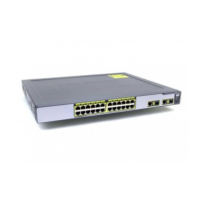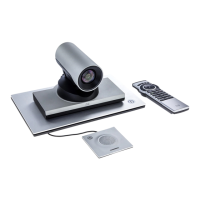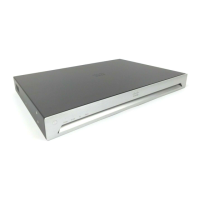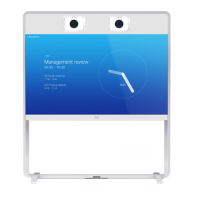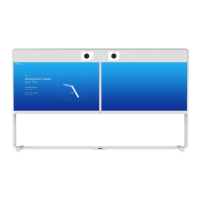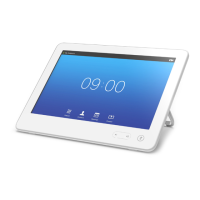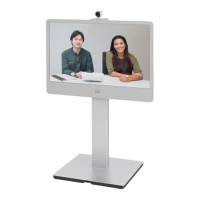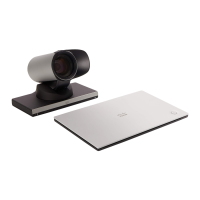n query the neighbor about its endpoints
n apply transforms to any requests before they are sent to the neighbor
n control the bandwidth used for calls between your local VCS and the neighbor zone
Note that:
n neighbor zone relationship definitions are one-way; adding a system as a neighbor to your VCS does not
automatically make your VCS a neighbor of that system
n inbound calls from any configured neighbor are identified as coming from that neighbor
n systems that are configured as cluster peers (formerly known as Alternates) must not be configured as
neighbors to each other
The configurable options for a neighbor zone are:
Field Description Usage tips
Configuration section:
Name The name acts as a unique identifier, allowing
you to distinguish between zones of the same
type.
Type The nature of the specified zone, in relation to
the local VCS. Select Neighbor.
After a zone has been created, the Type
cannot be changed.
Hop count The hop count is the number of times a request
will be forwarded to a neighbor gatekeeper or
proxy (see the Hop counts section for more
information). This field specifies the hop count
to use when sending a search request to this
particular zone.
If the search request was received from
another zone and already has a hop count
assigned, the lower of the two values is used.
H.323 section:
Mode Determines whether H.323 calls are allowed to
and from the neighbor system.
Port The port on the neighbor system used for H.323
searches initiated from the local VCS.
This must be the same port number as that
configured on the neighbor system as its
H.323 UDP port. If the neighbor is another
VCS, this is the port found under
Configuration > Protocols > H.323 in the
Registration UDP Port field.
SIP section:
Mode Determines whether SIP calls are allowed to
and from the neighbor system.
Port The port on the neighbor system used for
outgoing SIP messages initiated from the local
VCS.
This must be the same port number as that
configured on the neighbor system as its SIP
TCP, SIP TLS or SIP UDP listening port
(depending on which SIP Transport mode is
in use).
Transport Determines which transport type is used for SIP
calls to and from the neighbor system. The
default is TLS.
Cisco VCS Administrator Guide (X8.1.1) Page 142 of 507
Zones and neighbors
Configuring zones
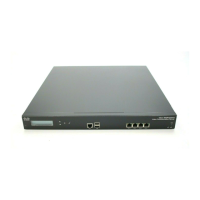
